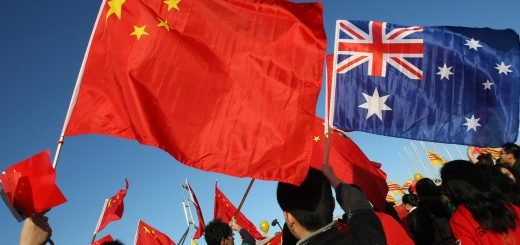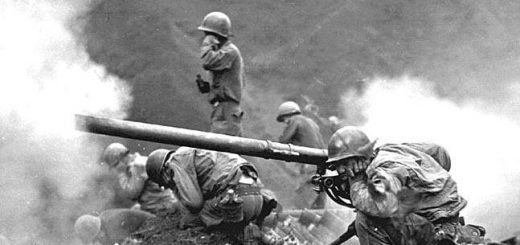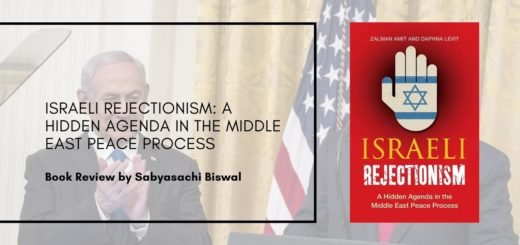India’s balancing act in the current geopolitical scenario
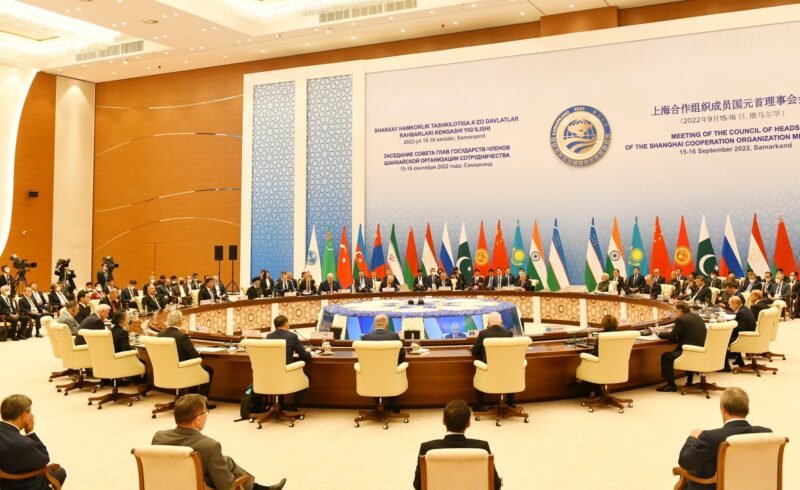
India attained its independence in 1947, at the height of the Cold War. Jawaharlal Nehru, India’s first prime minister, pursued nonalignment while fostering positive ties with the Soviet Union. “Strategic Sovereignty” developed due to the dissolution of the Soviet Union, which forced India to rebuild and maintain cordial relations with both the Western Bloc and China. India has since maintained a balanced stance with the US-led Western bloc, which includes Europe, Russia, and China. However, China is a crucial issue because it and India are the two rising global and Asian superpowers. However, China and India are on opposite sides of the river bank regarding matters involving border disputes and the Indian Ocean region. India has been driven toward the West due to shifting global dynamics, China’s rise to prominence, Russia’s dependence on China, and its proximity to and dependence on China. India, on the other hand, won’t lose interest in Russia either. Particularly given that Russia is a trusted strategic ally of India and that approximately 70% of the equipment used by our armed forces is of Russian origin. Due to shared interests, New Delhi will work to be as close to the US as possible. But it also won’t turn away from China and Russia as New Delhi strives for a multipolar structure in international politics and Asia.
Changes in India’s security policy
In 1947, the cold war had already begun when India became a sovereign state. As a result, this made it possible for China and NAM to form Panchsheel. The goals of NAM were to promote self-determination and independence, territorial integrity, sovereignty, and non-interference in one another’s domestic affairs. But the Sino-Indian War of 1962 caught India off guard and unprepared. After it, India’s policies changed.
Due to the proximity of China and Pakistan to the USA at the time, India and the USSR agreed to a peace, friendship, and cooperation treaty in 1971. In the 1960s, when relations between Moscow and Beijing were also deteriorating. Moscow was New Delhi’s closest ally during the Sovietization of Afghanistan in 1979, and India also backed the United States in every way, including on the economic and political fronts. But with the collapse of the Soviet Union, India was forced to direct its foreign policy toward East Asia, China, and the USA. India and Russia kept in touch, although at a lower level. The 2021 edition of Russia’s National Security Strategy noted that India has maintained its unique status as a privileged partner with Russia and that Moscow will continue to prioritize its strategic engagement with New Delhi. Similar to India, there is an understanding that despite disagreements on geopolitical issues, New Delhi and Moscow will maintain their close relationship without making any decisions.
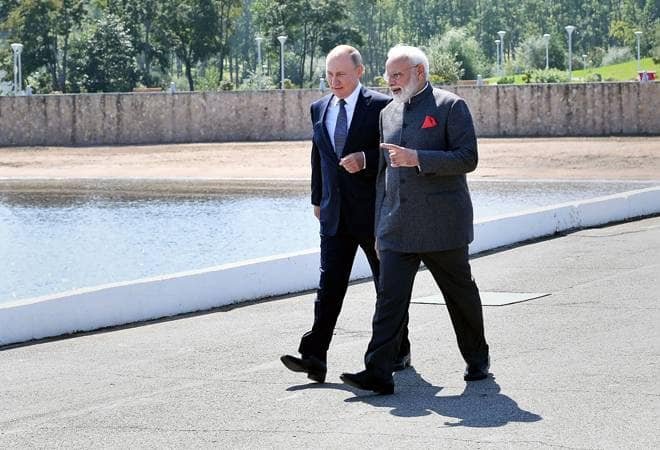
India is unlikely to create a formal alliance given its strategic relationship with Russia and its doctrine of strategic autonomy. While cautious of Beijing, New Delhi is expected to keep its tight ties with the foremost global power centres by cooperating with the US and Russia. The United States was drawn to India in the 2000s as China emerged as a potential global force. The two nations signed a defence framework agreement in 2005 due to their growing proximity. The 10-year defence agreement deepened the bond between the two countries by expanding opportunities for technology transfer, weapon production, and missile defence cooperation. India has thus been recognized as a nuclear weapons state de facto and described as “a responsible state with advanced nuclear technology.”
As a result of their evolving perspectives on one another, their relationships underwent a significant improvement, breaking down past obstacles. In addition, Washington considered New Delhi a potential check on China’s strategic resurgence. High-level talks between the two nations were stepped up, including US presidents visiting India. Only three US presidents visited India while in office between 1947 and 1999. Four US presidents visited India five times in office between 1999 and 2020. President Donald Trump’s visit to India in February 2020, during which it was declared that the two countries now have a “Global Comprehensive Strategic Partnership,” boosted the bilateral relationship further. Trump was unmistakably referring to China when he said that an unidentified “country that seeks dominance via pressure, intimidation, and aggression” in his speech. He appeared to suggest, by making that comparison, that the two largest democracies in the world were uniting to confront a common enemy, emphasizing further convergence between them.
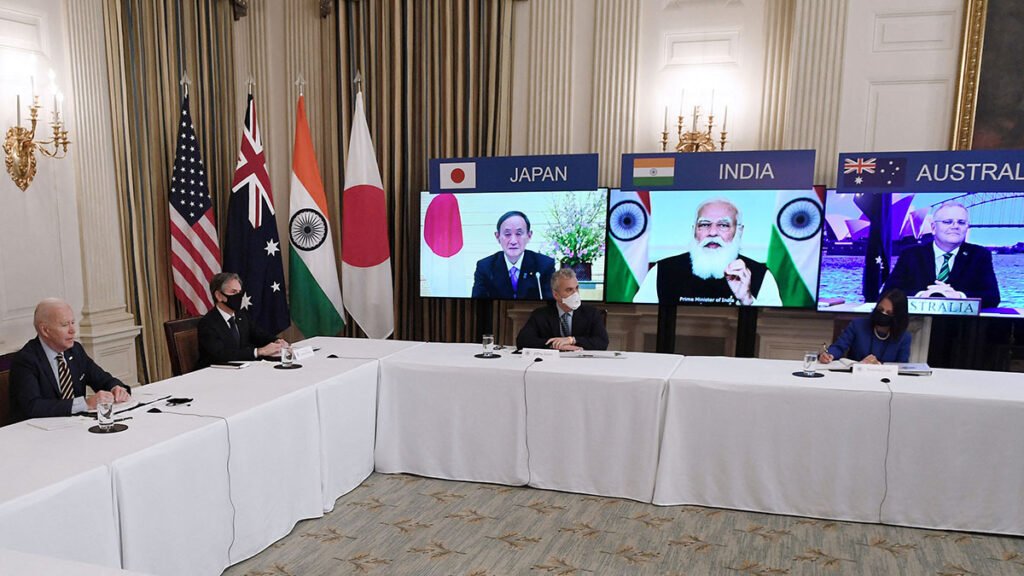
The General Security of Military Information Agreement (GSOMIS), signed by the two nations in 2002, was followed by the signing of additional security agreements, including the Logistics Exchange Memorandum of Agreement (LEMOA). Both countries will access facilities and confidential military data for refuelling and replenishment through these arrangements. At the inaugural “2 + 2 Ministerial Dialogue” in September 2018, the United States and India signed the Communications Compatibility and Security Agreement (CCSA), the third foundational agreement. Through that deal, India was permitted to purchase specialist technology for secure communications for military systems of US origin that it had bought from the USA. The CCSA is an Indian-specific version of the agreement that the United States inks with its military allies, similar to the LEMOA. The final of the four founding deals, the Basic Exchange and Cooperation Agreement, was signed by both nations in October 2020. Once enacted, it will grant India access to US geospatial maps and the military-grade precision needed for its automated hardware systems and weaponry, such as cruise and ballistic missiles. This is where the Quad comes into play. Initially, the Quad was an informal strategic dialogue between India, the United States, Japan, and Australia in 2007 to discuss issues about the Indian Ocean region. However, in 2017, the Quad naval exercise in the Bay of Bengal sent a strong signal to China that it supports freedom of navigation, rules-based order, and maritime security in the Indo-Pacific region in 2019. In March 2021, a virtual summit with the leaders of the respective nations was organized. For the first time, the leaders released a joint statement as the spirit of the Quad White House 2021. This demonstrates the intensity of US-India relations and the two nations’ compatibility in confronting China in the Indian Ocean region. From this, we can conclude that although India and the US are not officially allies, they are in a quasi-alliance based on shared interests. They are aware of our strategic autonomy, which complicates the current circumstance. For instance, in the recent conflict between Russia and Ukraine, India abstained from voting against Russia most of the time in the UN despite pressure from Europe and the US. They also advised us to ban oil imports, but India didn’t do so. Instead, we are trading rupees and rubles to counteract our recent sanctions against Russia.


